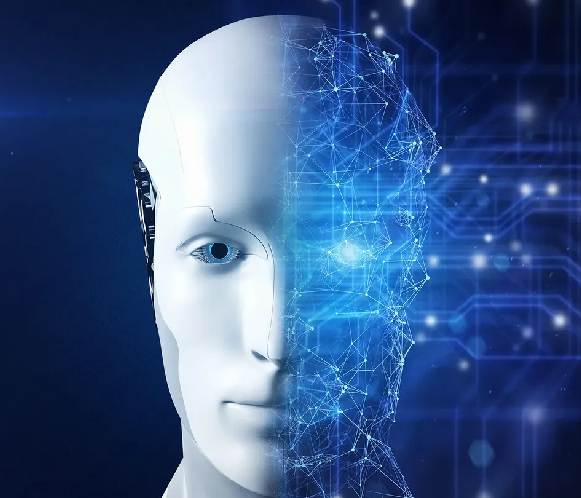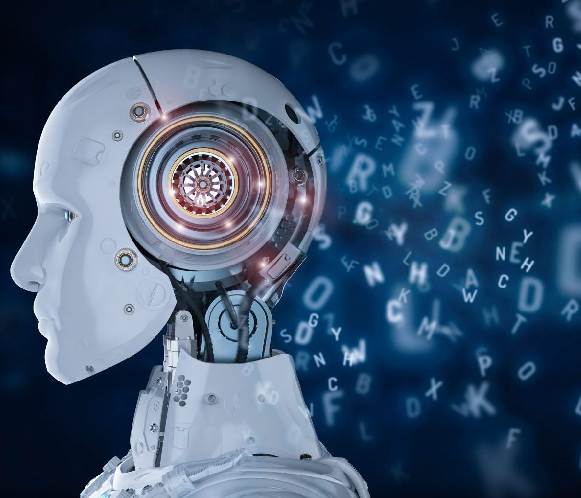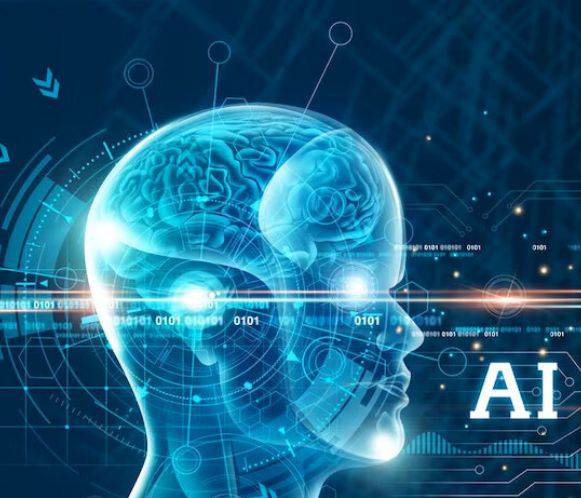
The Realm of Robotics and Automation
Robotics, a multidisciplinary field, centers on designing, constructing, operating, and employing robots. These machines, or automated systems, are programmed to perform tasks typically executed by humans or those demanding precision, repetitiveness, or danger. Robots operate across various domains, assisting in industries, exploration, healthcare, and everyday life. Their capabilities range from intricate surgeries to hazardous environments exploration, contributing to efficiency, safety, and innovation. Robotics continuously evolves, integrating technology and engineering to advance automation, promising transformative impacts across industries and redefining human-machine interactions.


